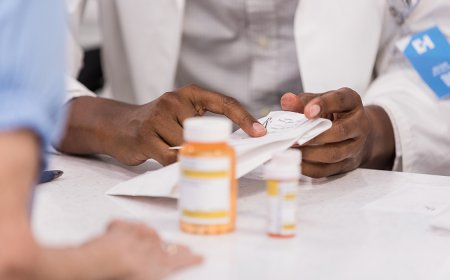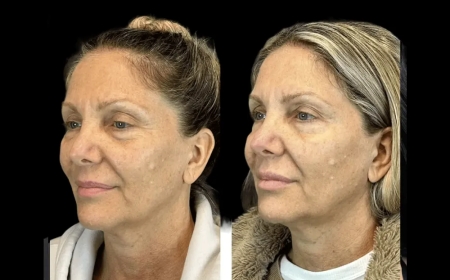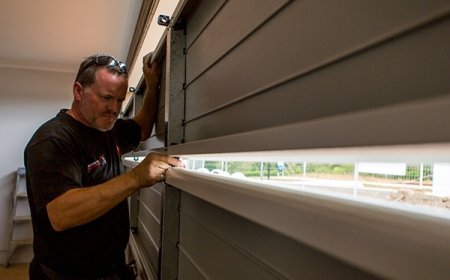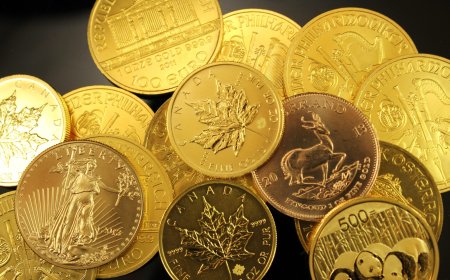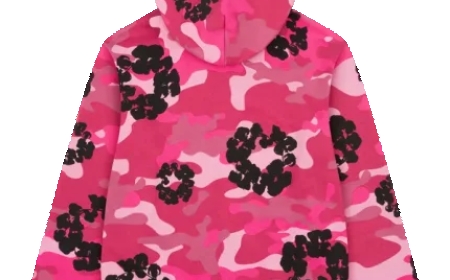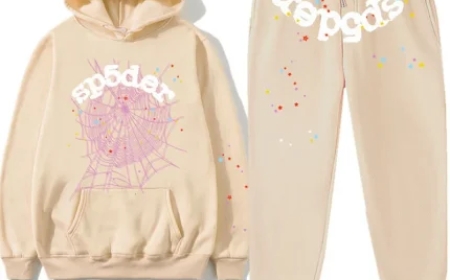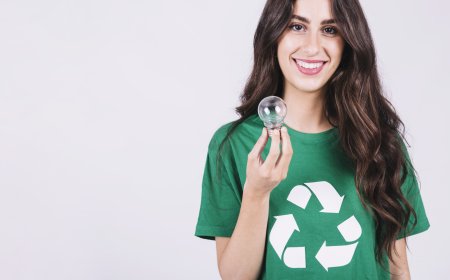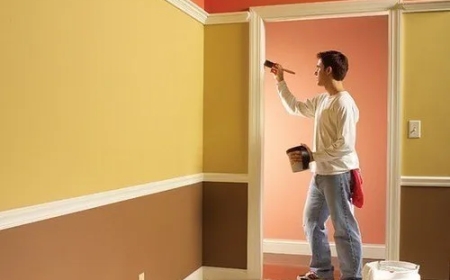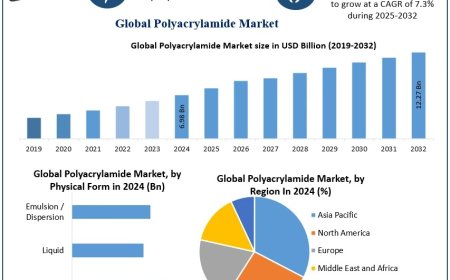How Local Consumer Habits Are Reshaping PET Bottle Design in Global Packaging
Explore how regional packaging preferences drive PET design innovation and what it means for plastic manufacturing companies aiming to meet diverse market demands.
How Local Habits Are Changing PET Bottle Design Around the World
Packaging does more than just hold stuff. It tells you about the brand, how to use the product, and what it's like to have it. What people want in packaging changes a lot from place to place. This depends on their culture, the weather, what they like, and how developed the market is. This is a big deal when making PET bottles, which are used for almost all drinks, food, and cleaning stuff.
PET is great because it's see-through, strong, and can be recycled. But the best part is you can shape it however you want. So, if you're a company that makes plastic, you need to get how local tastes change PET bottle design if you want to make stuff that sells well there.
This writing will look at how local packaging habits affect PET bottle design. It'll give you tips on how brands and factories can make their packaging fit what people want, without messing up how they make stuff on a big scale.
How Culture Changes How Packaging Looks and Works
Culture really messes with what people expect from packaging. For example, in the U.S. and Canada, people usually want big PET bottles for things like soda because families drink a lot, and they want to save money. But in Asian countries like Japan, people want small, single-use bottles because they're always on the move and don't have a lot of space in cities.
What people want changes how heavy the bottle is before it's blown up, what shape it has, how big the top is, and what kind of lid it uses. If you're planning for the U.S., you might want tough bottles that are easy to hold because they're big. But if you're making bottles for Southeast Asia, you might want caps that are easy to open and bottles that are slim enough to carry around.
If a plastic company sells to a lot of places, they have to think about this from the start. If they do, people will be happier, and they won't have to fix things later, which costs money.
Weather and Storage Change What Stuff You Use
Things like how hot or cold it is, how wet it is, and how easy it is to get around also change how PET bottles are designed. If you're in a hot place like the Middle East, PET bottles need to be able to handle the heat. That means they need thicker walls or special stuff that blocks UV rays.
If you're sending stuff to places like Northern Europe, the bottles need to be good in the fridge or freezer. They can't get brittle or lose see-through-ness. In wet places, where people don't always have air conditioning, it's vital to make sure the bottle stays sealed tight so the product doesn't go bad.
All these things affect what kind of plastic you use, how the bottle is shaped before it's blown up, and how the bottle is made. The weather even changes what kind of cap and seal you use, mostly for things you eat or drink. A plastic company that can change its designs and use different materials is better at dealing with these tricky things. They can make PET bottles that work well in all sorts of weather.
How Money Changes Things
How much money people have in different places also changes what kind of PET bottles sell best. In poorer countries, people want smaller, cheaper bottles. So, you have to make them light. This isn't just about being eco-friendly; it's about saving money. You have to make the bottles with as little plastic as you can, but still have them hold their shape. That helps brands keep prices low without making the product worse.
On the other hand, if you're selling to richer places like Western Europe, people will pay for fancy features. That could be easy-to-hold grips, custom shapes, or special lids. This helps brands stand out, but it also makes them trickier to make.
A plastic company needs to make both cheap, light bottles and fancy, premium ones to stay competitive. This means they need to be able to change their tools, molds, and machines quickly. They also need to be able to test out new designs fast.
How People Use Packaging
How people use packaging changes from place to place. Some cultures really want to be able to reseal things, mostly if they're not going to use the whole thing at once. That changes how the bottle top and lid are designed, and even how stiff the bottle is. Other people would rather have single-use or portioned stuff because it's cleaner, easier, or fits their lifestyle better.
Also, online shopping has changed what people need from packaging. For example, in China, a lot of people buy stuff online. PET bottles for those markets need to handle being tossed around in warehouses and delivery trucks. They need to be strong, not leak, and show if they've been opened before.
Brands need to work with plastic factories to make sure the bottle doesn't just look good on a shelf, but also survives being shipped. If they don't, they risk getting stuff sent back, bad reviews, and losing trust in those markets.
Rules Change From Place to Place
You have to follow the rules when designing packaging, and those rules change a lot between countries. PET is usually okay for food, but every place has its own rules about what you can add to it, how much recycled stuff you have to use, how you have to label it, and how it affects the environment.
For example, the European Union wants companies to be responsible for their packaging even after people use it. They also want bottles in Europe to have a certain amount of recycled PET. Some places in Asia might not have such tough rules, but they might have stricter rules about labels and safety when you bring stuff into the country.
You need to know about these rules when you're designing stuff so you don't have trouble launching your product. If you're a plastic company that works in a lot of countries, you need to keep up with all these rules.
What People Want With Recycling
What people expect when it comes to being eco-friendly changes from place to place. This really affects how PET bottles are designed. In Western Europe, recycling is a big deal. People want packaging that can be recycled easily, uses as little plastic as possible, and shows they're trying to be eco-friendly.
That means using things like caps that stay on the bottle, making the bottle lighter, and designing stuff to be sorted and recycled easily. A lot of poorer places are still trying to get their recycling programs together. That means companies need to use less plastic and teach people how to throw stuff away properly.
So, PET bottles need to be designed for how recycling works in that place. If there's good recycling, you can make bottles that are easy to recycle and have a lot of recycled plastic in them. If there isn't, you need to focus on making the bottles lighter and making sure they get collected.
A plastic company that cares about recycling is more likely to get contracts. Being able to make eco-friendly bottles for different places is a good way to stand out.
Work Together for Local Stuff
If you want to do well in different markets, brands, designers, and factories need to work together. One PET bottle design isn't going to work for everyone. Making packaging local isn't just about using the right language; it's about using the right materials, shape, and features, and thinking about the shipping chain.
The best plastic companies do local research, work with local sellers, and learn about what people want in different cultures. If you make packaging with local values in mind, it will protect the product and connect with people.
This helps brands keep their brand consistent but still make things that fit in locally.
Where New Ideas Meet Local Know-How
The future of PET bottle design isn't just about recycling or online shopping; it's about all the little things that make each market special. If brands want to sell to new places, they need to get what those places want in packaging.
If you mix new materials with knowing about different cultures, PET bottles can meet the needs of each place. Whether it's a water bottle for a farm market in India or a fancy shampoo bottle for Europe, good PET design connects how it works with what people are used to.
If you're a plastic manufacturing company trying to make bottles for the future, getting local is no longer a bonus; it's just how things are done. And the companies that do will shape how packaging looks in the years to come.






